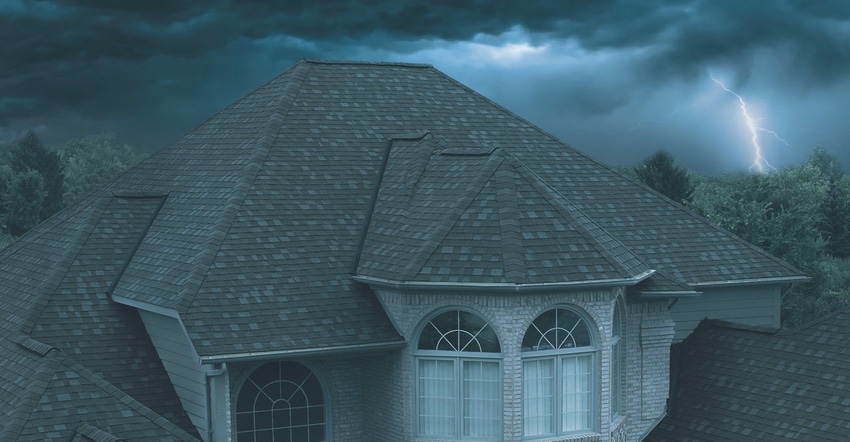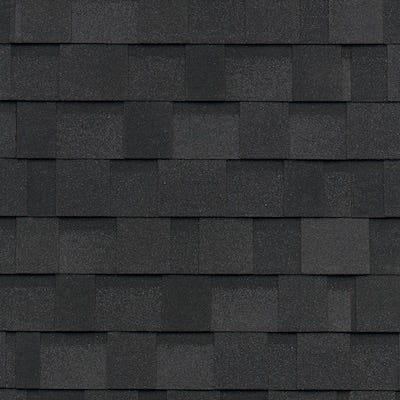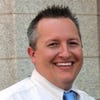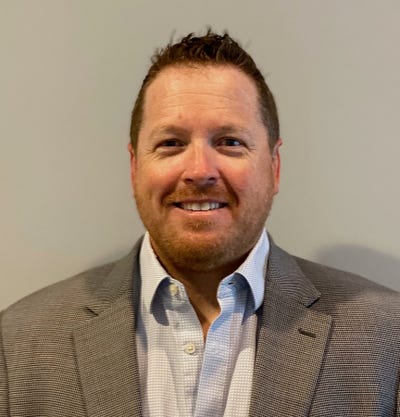Resilience on the Roof
Performance laminate asphalt shingles are designed to withstand nature’s impact.

The frequency of wind and hailstorms is on the rise, so it should come as no surprise that building product manufacturers are paying attention to the potential damage that severe weather conditions may inflict. In the world of roofing, and specifically asphalt shingles, manufacturers are developing robust products to address some of the most challenging conditions that a building may face.
Managing High Winds
To help reduce the risk of shingle loss due to high winds, manufacturers have added features such as wide, reinforced nailing zones and developed new sealant chemistry to help bond shingles to one another on the roof.
Reinforced nailing areas provide a wider nailing zone than a traditional nailing line, which helps installers put nails where they are most effective. The reinforcement also makes nails applied in the zone less susceptible to the pull-through that some other shingles may experience when facing potentially destructive levels of wind.
Shingles that have been high-nailed above a manufacturer’s designated nail line are especially susceptible to blow-off from nail pull-through. Unfortunately, this issue often only becomes evident after a storm hits. A wide target helps with nail placement and reduces the risk of improper installation.
 Combating Hail
Combating Hail

While shingle blow-off is one of the more common concerns during wild weather, it is not the only threat that a roof system may be exposed to over its life span. As seasons change, the exposed section of the shingle will face UV rays, rain, snow and whatever else Mother Nature can muster up. One of the more potentially damaging weather conditions shingles may face is hail.
These small chunks of ice generally range between 0.2 and 6 inches in diameter, although one of the largest stones recorded in the United States measured in at 8 inches in diameter. Thankfully, hail of that size is not common.
National Oceanic and Atmospheric Administration studies suggest that most pellets range from 0.75 to 1.75 inches in diameter in North America. Hail is, however, one of the most expensive causes of damage to vehicles and buildings. Insurance firm Aon reports that hail-related damages averaged between $8 billion and $14 billion a year in the U.S. from 2000 to 2019.
The highest rating available with respect to impact resistance for rigid roofing materials is an ANSI/FM 4473 Class 4 designation. Impact ratings for rigid roofing products range from Class 1 to Class 4.
Rankings are based on testing conducted in a laboratory setting on brand-new shingles, using one of two protocols. To earn a rating, roofing products are bombarded with balls of either ice or steel, depending on the test procedure being used. Under prescribed conditions, varying-sized balls are launched at a roofing material installation designed to mimic real-world conditions. As shingles age, their resistance to impact forces may be reduced.
For example, the ANSI/FM 4473 protocol uses ice balls and is designed to simulate what a home may experience during a hailstorm. For testing, the projectiles are launched by an air cannon at kinetic energies based on the forces exerted by free-falling hailstones of each of the four specifically sized balls.
To pass the test, a shingle must survive two impacts within close proximity of each other without showing evidence of visible cracking or breakage. Locations targeted include edges, corners, unsupported areas, overlaps and joints—areas that are most vulnerable to impact damage.
Passing the test with a larger ball will result in a product earning a higher impact rating. Class 1 ratings indicate shingles that survive the test with a 1.25-inch ball. A Class 4 rating is earned by surviving impacts from a 2-inch ball.
Damage from hail is not generally covered under a shingle’s limited warranty, but it may be worthwhile for a homeowner to speak with their insurance company to inquire if shingles with a higher rating could qualify for a reduction in their residential insurance premiums.
 Withstanding UV Radiation
Withstanding UV Radiation

Wind, rain and projectiles tend to top most lists of damage-causing conditions that a roof needs to withstand, but nice sunny days can also negatively impact a roof’s surface.
Holding the potential to fade shingle colors and foster the development of cracks, the sun’s UV radiation targets a roof from the first day it is installed and can take its toll on an unprotected surface. The ceramic-covered granules on the tops of the shingles are not only there to provide color to the roof; they also help protect the asphalt from the harmful effects of UV radiation.
Too much sun can cause damage to some roofing materials, but a lack of sunshine doesn’t avoid potential problems either. Too much shade, rainy weather and humidity can all contribute to issues like algae growth.
Roofing product manufacturers have options available, however, like algae-inhibiting granules that some manufacturers have added to a number of their lines of shingles. These granules are designed to provide long-lasting blue-green algae resistance, preventing the tell-tale streaking and discoloration that often comes with the presence of blue-green algae.
A roof is the first line of defense against the fury that nature can display when weather turns foul. The time to prepare a home is before a storm gets brewing. Thankfully, roofing product manufacturers have shingles and accessories that are engineered to stand up to some of the fiercest weather that a home can experience.
About the Author(s)
You May Also Like






